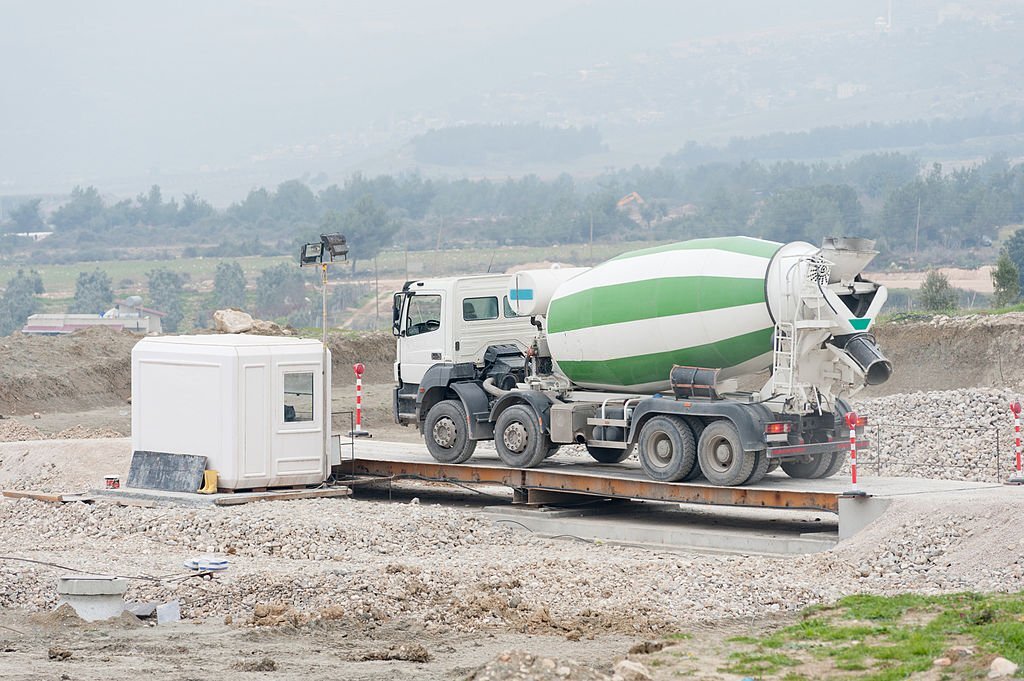Introduction
Concrete mixers are the backbone of the construction industry, responsible for blending cement, water, aggregates, and additives to create high-quality concrete. Optimizing the efficiency of concrete mixers in heavy equipment operations is essential to ensure seamless and productive construction processes. This comprehensive article explores various strategies and techniques to enhance concrete mixer performance, unlocking maximum efficiency. From regular maintenance and advancements in digital controls to improved mixing techniques and eco-friendly initiatives, these optimizations can revolutionize heavy equipment operations, significantly benefiting the construction industry.

I. The Importance of Optimizing Concrete Mixers
- Streamlining Construction Processes: Efficient concrete mixers lead to faster construction timelines and improved project management.
- Reducing Material Waste: Optimal performance minimizes material waste, contributing to cost-effectiveness and environmental sustainability.
II. Regular Maintenance and Inspection
- Scheduled Maintenance: Regular maintenance routines ensure that concrete mixers operate at their peak performance, reducing breakdowns and downtime.
- Inspection Protocols: Implementing inspection protocols identifies potential issues before they escalate, ensuring safe and efficient operation.
III. Digital Controls and Automation
- Digital Control Systems: Advanced digital control systems offer precise monitoring and adjustments for optimal concrete mix proportions.
- Automation Advancements: Automation streamlines the batching process, reducing human error and enhancing efficiency.
IV. Improved Mixing Techniques
- Mixing Time Optimization: Understanding the appropriate mixing time ensures consistent and homogenous concrete quality.
- Blade Configuration: The right blade configuration and positioning improve mixing efficiency and reduce energy consumption.
V. Eco-Friendly Initiatives
- Reducing Carbon Footprint: Implementing eco-friendly technologies and practices reduces the environmental impact of concrete production.
- Recycled Aggregates and Supplementary Cementitious Materials: Utilizing recycled aggregates and supplementary cementitious materials promotes sustainability.
VI. Advanced Materials and Additives
- High-Performance Concrete: Adopting high-performance concrete mixes enhances durability and strength for specific applications.
- Admixtures: Proper usage of admixtures improves concrete workability, setting time, and overall performance.
VII. Operator Training and Skill Development
- Operator Skill Enhancement: Proper training and skill development empower operators to make informed decisions during concrete mixing.
- Safety Awareness: Ensuring safety protocols are followed enhances the well-being of the operator and others on the construction site.
VIII. Energy Efficiency and Power Management
- Energy-Efficient Motors: Energy-efficient motors contribute to reducing power consumption and operating costs.
- Power Management Systems: Smart power management systems optimize energy usage during concrete mixing.
IX. Real-Time Monitoring and Data Analytics
- Real-Time Monitoring: Real-time monitoring of concrete mixer performance enables prompt adjustments and proactive maintenance.
- Data Analytics for Process Improvement: Data analytics can identify trends and patterns to improve concrete mixing processes.
X. Collaborative Supply Chain Management
- Communication with Suppliers: Effective communication with suppliers ensures timely delivery of materials, minimizing delays.
- Just-in-Time Delivery: Implementing just-in-time delivery reduces material storage needs and associated costs.
XI. Innovations in Concrete Mixer Technology
- Intelligent Mixing Systems: Smart mixers with advanced sensors optimize concrete blending in real-time.
- Wireless Connectivity: Wireless technology enhances communication between concrete mixers and control systems.
XII. Implementing Lean Construction Principles
- Minimizing Waste: Lean construction principles focus on eliminating waste in all forms, improving overall efficiency.
- Continuous Improvement: Adopting continuous improvement methodologies fosters a culture of optimization and innovation.
XIII. Simulation and Modelling Techniques
- Virtual Testing and Simulation: Using virtual simulations enhances concrete mixer design and performance prediction.
- Modelling for Efficiency: Modelling techniques aid in optimizing concrete mix designs and minimizing trial and error.
XIV. Collaborative Approach to Innovation
- Industry Collaboration: Collaborating with industry partners fosters innovation and sharing best practices.
- Learning from Success Stories: Studying successful projects and implementations in the construction industry drives improvements.
- Enhanced Productivity: Maximum efficiency leads to faster project completion and increased productivity.
- Cost Savings: Reducing material waste and operational costs results in cost-effectiveness.
- Environmental Sustainability: Eco-friendly initiatives contribute to the greener and more sustainable construction industry.
XV. Benefits of Optimizing Concrete Mixers
Conclusion
Optimizing concrete mixers in heavy equipment operations is pivotal for the construction industry’s success. Implementing regular maintenance, advancing digital controls, improving mixing techniques, and embracing eco-friendly initiatives can revolutionize concrete mixer performance. By adopting these strategies and technologies, the construction industry can streamline processes, reduce costs, and enhance sustainability. As the industry continues to evolve, the quest for maximum efficiency in concrete mixing will remain a key focus, ultimately driving innovation and progress in heavy equipment operations.

